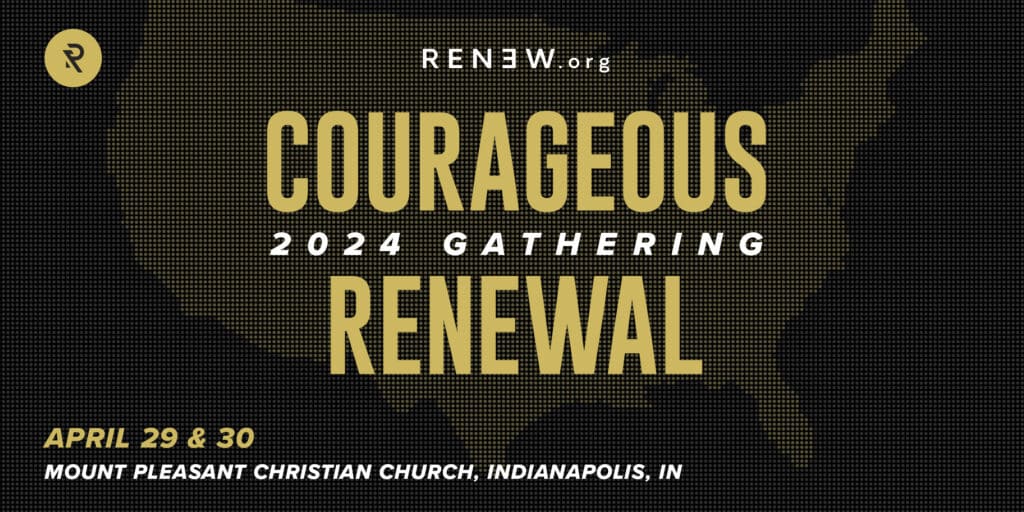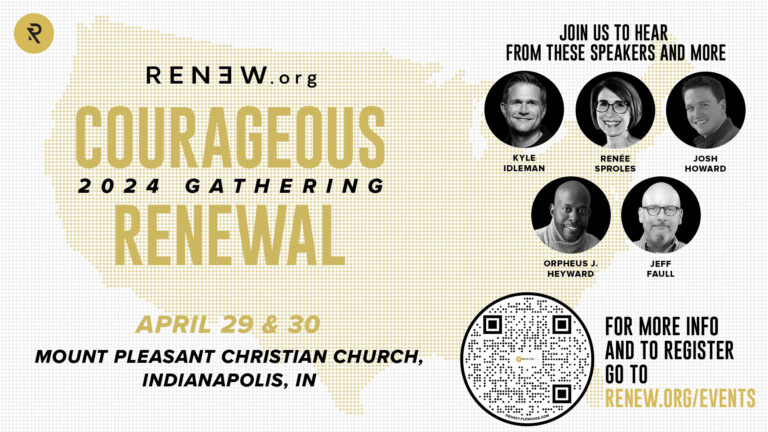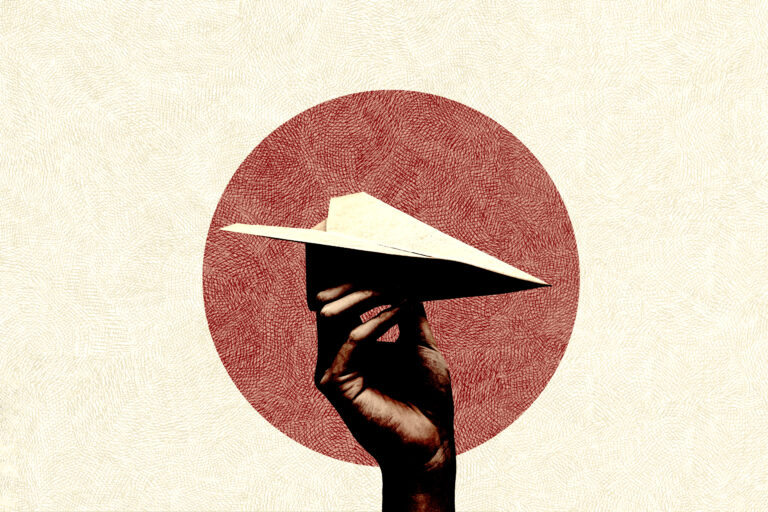This is Part 2 in Chad Ragsdale’s series on CRT. For Part 1 “Critical Race Theory: Friend or Foe,” click here. Here’s Part 3, 4, and 5.
What is critical race theory and where does it come from? Delgado and Stefancic begin to answer this question in the introduction to their book Critical Race Theory: An Introduction. A clear and broadly agreeable definition for CRT is sometimes hard to find–especially from those who claim to be favorable to the theory. It’s sort of like trying to clearly define socialism or articulate the appeal of Billie Eilish. No one seems to be able to do it.
Nevertheless, the authors do offer a helpful summary of some of the origins and assumptions of CRT. I will summarize some of these points below. A definition for CRT is hard to find even in this introductory book however.
CRT is about civil rights, but it is different than the civil rights movement you are probably familiar with. It doesn’t attempt to “play nice” with the liberal order. (Think MLK’s appeals to common humanity in his famous “I Have a Dream” speech.) Instead, CRT attacks that liberal order.
“Unlike traditional civil rights discourse, which stresses incrementalism and step-by-step progress, critical race theory questions the very foundations of the liberal order, including equality theory, legal reasoning, Enlightenment rationalism, and neutral principles of constitutional law” (3).
Even though it may differ in some important ways from traditional civil rights movements, it does share its activist disposition:
“Unlike some academic disciplines, critical race theory contains an activist dimension. It tries not only to understand our social situation but to change it, setting out not only to ascertain how society organizes itself along racial lines and hierarchies but to transform it for the better” (8).
What is lacking is a clear definition of Critical Race Theory. It is not manifestly clear what makes it either critical or a theory. The answer to that question can only be found by digging into the intellectual roots of CRT which this book is not inclined to do. The closest the book gets to exploring the origin story of CRT is this tantalizing paragraph:
“It also draws from European philosophers and theorists, such as Antonio Gramsci, Michel Foucault, and Jacques Derrida, as well as from the American radical tradition exemplified by such figures as Sojourner Truth, Frederick Douglass, W. E. B. Du Bois, Cesar Chavez, Martin Luther King, Jr., and the Black Power and Chicano movements of the sixties and early seventies. From critical legal studies, the group borrowed the idea of legal indeterminacy–the idea that not every legal case has one correct outcome. Instead, one can decide most cases either way, by emphasizing one line of authority over another or interpreting one fact differently from the way one’s adversary does.” (5)
Not everyone would draw a straight line from the origins of an idea to its contemporary manifestations. My purpose, however, is to assess whether CRT is a friend or foe. In order to do that, we need more than just a cursory look at the roots of the idea because if the roots are rotten, then the fruits will be as well.
Rotten Roots
The mention of Gramsci, Foucault, and Derrida is a warning flag for me. Gramsci is a very well regarded 20th century Italian philosopher. He was a Marxist who railed against what he called “cultural hegemony.” Bourgeois capitalists maintain their control through cultural institutions like media, education, and churches. The only way to upset their power is by taking over these institutions. Roger Scruton summarized Gramsci’s program this way:
“Communist politics then becomes possible, not as a revolutionary movement from below, but as a steady replacement of the ruling hegemony–a long march through the institutions, as it was later described. Thus the superstructure will be gradually transformed, to the point where the new social order, the emergence of which was blocked by the old hegemony, is able to come forth under its own impulsion.”[1]
This “passive revolution” is only accomplished by communist intellectuals activating the aggrieved masses. Anyone who has paid any attention to what has been happening on the campuses of elite colleges and universities can see Gramsci’s handiwork.
What started on college campuses is bleeding its way through every institution including, increasingly, the church.
Foucault and Derrida are both highly regarded French philosophers. Both men are especially relevant to the philosophy of interpretation often called hermeneutics. Foucault and Derrida are associated with a post-structuralist, or postmodern, hermeneutic.
Truth claims by any person or group may be deconstructed as mere claims of power. Powerful people use “truth” only to safeguard their position and dominance. It is the task of the interpreter to unmask that power with suspicion and cynicism. This method of interpretation isn’t limited only to texts but is expanded to address all claims.
It is fashionable for some to argue that thinkers like Foucault and Derrida can be regarded as friends of the gospel. I don’t find these arguments persuasive. While I agree that we can and should learn some things from these philosophers, I believe that if they were brought to church it should only be in order to convert them to the truth of the Lord Jesus. They certainly should not be allowed anywhere near the pulpit.
A gospel informed by Foucault and Derrida is no gospel at all. It becomes a gospel of cynicism, a gospel of suspicion, a gospel without any sure foundation, a gospel without any bankable truth outside of each individual’s perception.
It isn’t hard to see evidence of this hermeneutic in CRT. The authors begin the book with a little thought experiment involving a number of casual social interactions involving a person of color and a white person. Each interaction contains some small, almost imperceptible slight or offense. The authors summarize,
“Sometimes actions like these stem from mere rudeness or indifference. The merchant is in a hurry; the walker, lost in thought. But at other times, race seemsto play a part. When it does, social scientists call the event a ‘microaggression,’ by which they mean one of those many sudden, stunning, or dispiriting transactions that mar the days of women and folks of color.”
The problem is that word “seem” is carrying an awful lot of weight here. The actual intent of actions doesn’t matter. The only thing that matters is the impact or the perception of the actions by the aggrieved party.
This is everyday Derrida-ism. I won’t go so far as to deny the existence of microaggressions. (Although I do have a hang-up with defining something an aggression–macro or micro–where there is no intent.) I will go so far as to say that searching for reasons to be offended is an awesome way to destroy relationships and communities.
Constantly looking for microaggressions is really the opposite of grace. It chooses a hermeneutic of suspicion that sees the worst in people regardless of their actual intent.
Microaggressions not only keep a record of wrongs; they have the tendency to dream them up. This isn’t a path to a flourishing community. At least in the case of these three thinkers, rotten roots are bearing rotten fruits in Critical Race Theory.
Basic Tenets of Critical Race Theory
The authors closed the introduction with a summary of some of the basic tenets of CRT which they expand upon through the book. I found the list to be a helpful summary. I’ve listed the points here and will comment on them in future posts.
- Racism is ordinary, not aberrational. Racism is difficult to address or cure because it isn’t acknowledged.
- Interest convergence. Because racism advances the interests of both white elites (materially) and working-class whites (psychically), large segments of society have little incentive to eradicate it.
- Social construction. Race is the product of social thought and relations. Race is not objective, inherent, or fixed. They are categories that society invents, manipulates, or retires when convenient.
- Differential racialization. The idea that each race has its own origins and ever-evolving history is related to the notion of intersectionality and antiessentialism. Everyone has potentially conflicting, overlapping identities, loyalties, and allegiances.
- Voice-of-color thesis. Minority status brings with it a presumed competence to speak about race and racism.
[1] Roger Scruton, Fools, Frauds, and Firebrands: Thinkers of the New Left (London: Bloomsbury Continuum, 2019) 204.
(From chadragsdale.wordpress.com. Used with permission.)











